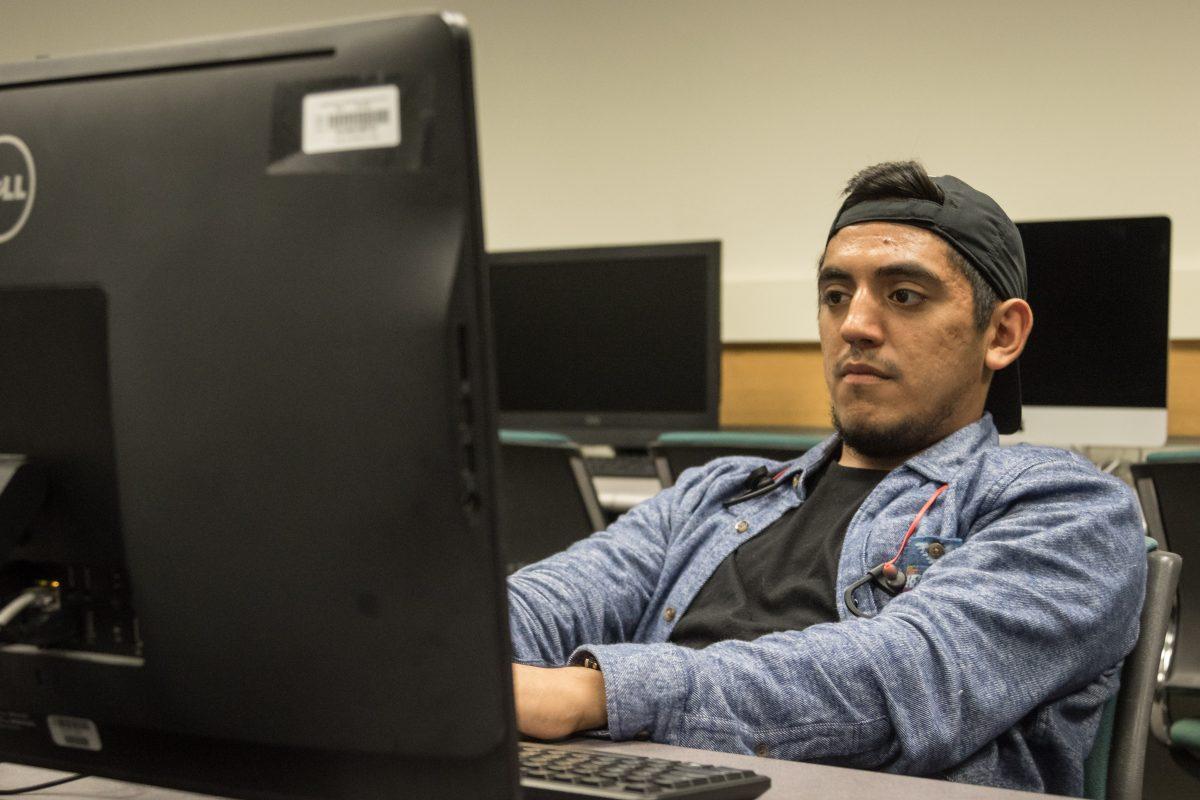Sitting is the new smoking — at least, that is, according to James Levine, doctor at the Mayo Clinic in Phoenix, AZ, who coined the phrase after conducting a study that seemed to prove that sitting for extended periods of time without moving led to an increase in obesity.
However, there has been doubt about Levine’s claim. According to the article, “Is sitting really ‘the new smoking’?” by Christina Sumners, the similarity between sitting and smoking is that both can lead to serious long-term health issues — lung cancer from smoking and obesity (leading to heart disease) from sitting.
However, according to Barbara Gastel, integrative biosciences and medical humanities professor, Levine’s conclusion is not entirely correct.
“It’s a catchy analogy and it’s got a grain of truth, but it’s not a completely valid analogy,” Gastel said. “A strength of the analogy is that smoking, obviously, is harmful to one’s health, and also being highly sedentary isn’t conducive to good health.”
Gastel said the analogy fails to account for the nature of both its components — smoking is a habit that requires constant action, whereas sitting is often the default for people at work or at home. It also fails in terms of the consequences of each action.
“Smoking also endangers the health and comfort of people other than the smoker,” Gastel said. “If you’re in a room with somebody smoking you can be uncomfortable because of second-hand smoke, or you may even get ill because of second-hand smoke, whereas I don’t think we have second-hand sitting.”
Gastel added that while smoking is addictive due to tobacco’s nicotine content, there is no evidence that sitting down is addictive.
Gastel said that while the analogy is misleading it does raise awareness about how sedentary people’s lives have become. However, there are ways to counteract this.
“The best approach seems to be breaking up periods of sitting with activity,” Gastel said. “The really bad thing is if you’re in front of the TV for seven hours without moving.”
In correlation with this observation, Mark Benden, environmental and occupational health professor, along with doctoral student Parag Sharma have been studying the effectiveness of standing desks, in which the height of the desk can be adjusted to allow a person to sit or stand in front of their computer.
“We’ve seen some of the health benefits in terms of breaking up these sedentary behaviors in the workplace,” Sharma said. “What we’re doing is we’re actually connecting these sit-stand desks to computers and with the use of software, we’re actually prompting people, with pop-ups, to change their desk position.”
According to Sharma, this software can help people keep track of their sitting and standing over the course of a work day. The program can be customized to each user depending on how much they want to stand.
However, according to Sharma, there is no way to ensure that the people using the software stand up when it tells them to — the effectiveness of the program depends entirely on how strictly the person follows their own routine of standing up and sitting back down.
Sharma said he plans to move forward with the project, despite any potential uncertainties about the software. After a set of trials in Australia, he said that a study at Texas A&M had just begun which will last several months — and he is thinking even further ahead to the potential implementation of the standing desk in offices everywhere.
“People are in meetings more than they’re at their desks,” Sharma said. “Workspaces need to be designed in different ways to accommodate for that.”
There are many people at A&M who already use standing desks. Kim Dooley, associate dean for academic operations in the College of Agriculture and Life Science, has been using one for years.
“People were starting to have more and more problems, health problems, because of sitting — sitting and straining their neck to use the computer, people getting carpal tunnel from using the computer,” Dooley said.
Julie Wilson, program manager for the College of Agriculture and Life Science, said that the desk has had a positive impact on her work life.
“I’m to the point now when I sit too long, my body starts telling me, ‘You’ve got to stand,’” Wilson said. “I just stand and I don’t really think about it much anymore.”
However, not everyone in the office uses these desks. David Reed, associate dean for graduate programs and faculty development, for instance, has never used one.
“It’s just not my style,” Reed said. “If I had a bad back, I would’ve probably stood then, but I’d only stand if I was uncomfortable sitting.”
Eight years ago, Dooley bought a standing desk, and according to her, it has made working in the office much easier. As more people around her began using them, Dooley said she began noticing a trend in the office that was paralleled across all offices that used these desks.
“Now the trend is just, hey, this is a lot healthier a lifestyle, your employees are sick less, and so it impacts the productivity of an organization by having people be more active,” Dooley said.























